 Greenock Land for Sale
Greenock Land for Sale
Entry Category: Counties, Cities, and Towns - Starting with G
 Greenock Land for Sale
Greenock Land for Sale
Greensboro (Craighead County)
Greenville (Clark County)
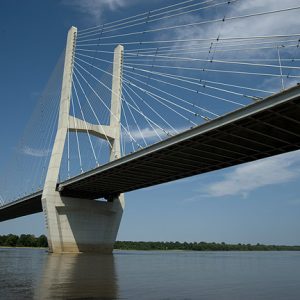 Greenville Bridge
Greenville Bridge
Greenway (Clay County)
Greenwood (Sebastian County)
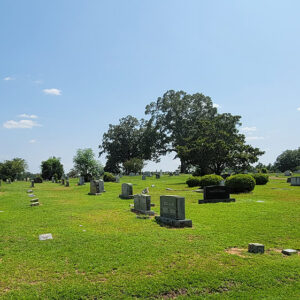 Greenwood Cemetery
Greenwood Cemetery
 Greenwood Depot
Greenwood Depot
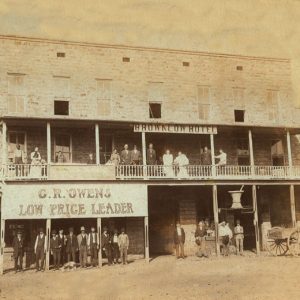 Greenwood Hotel and Store
Greenwood Hotel and Store
 Greenwood Monument
Greenwood Monument
Greers Ferry (Cleburne County)
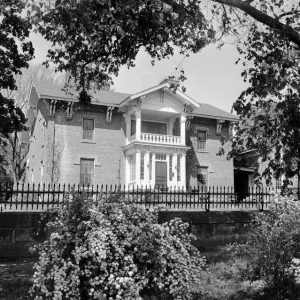 Lafayette Gregg Home
Lafayette Gregg Home
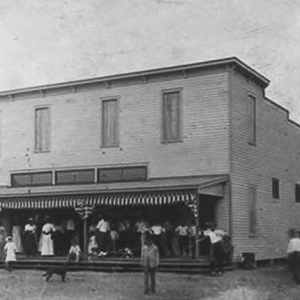 Gregory Store
Gregory Store
 Gregory Store
Gregory Store
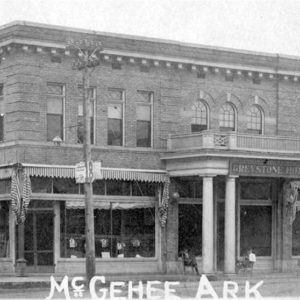 Greystone Hotel
Greystone Hotel
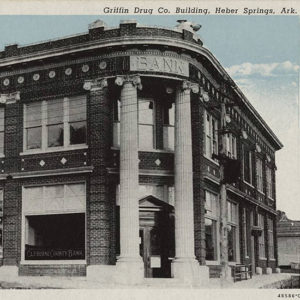 Griffin Drug
Griffin Drug
Griffithville (White County)
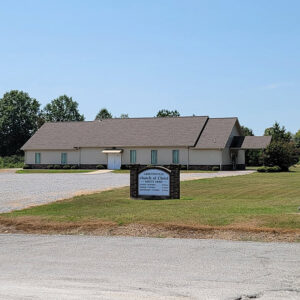 Griffithville Church
Griffithville Church
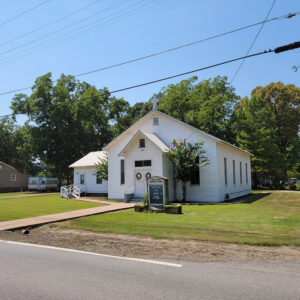 Griffithville Church
Griffithville Church
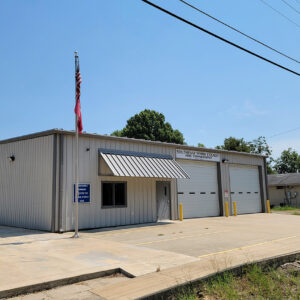 Griffithville Fire Department
Griffithville Fire Department
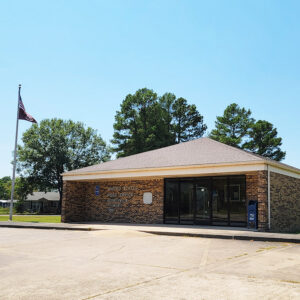 Griffithville Post Office
Griffithville Post Office
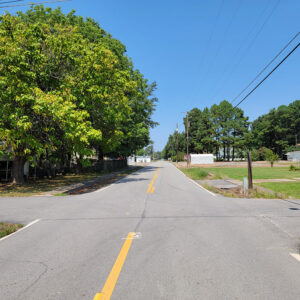 Griffithville Street Scene
Griffithville Street Scene
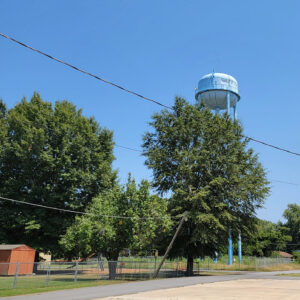 Griffithville Water Tower
Griffithville Water Tower
 Grist Mill Plans
Grist Mill Plans
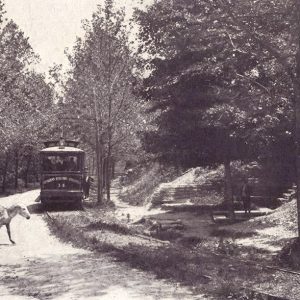 Grotto Springs
Grotto Springs
 Grove Drive-in
Grove Drive-in
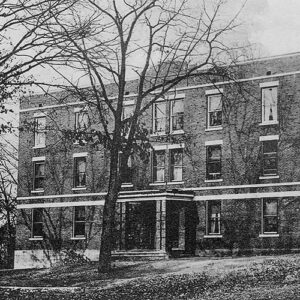 Grove Hall
Grove Hall
Grubbs (Jackson County)
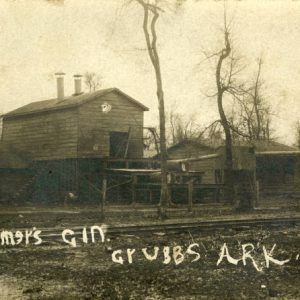 Grubbs Gin
Grubbs Gin
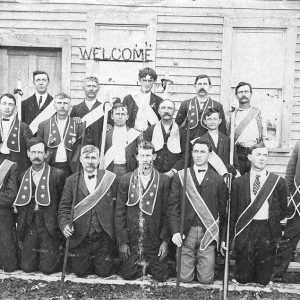 Grubbs Odd Fellows
Grubbs Odd Fellows
Guion (Izard County)
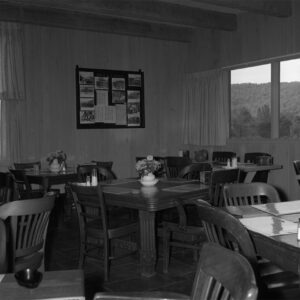 Guion Restaurant
Guion Restaurant
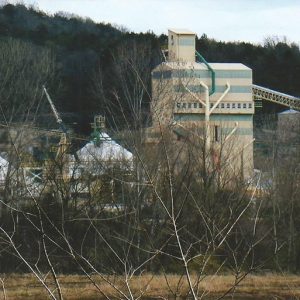 Guion Sand Company
Guion Sand Company
Gum Springs (Clark County)
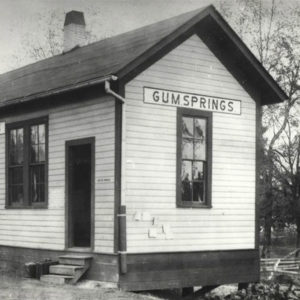 Gum Springs Depot
Gum Springs Depot
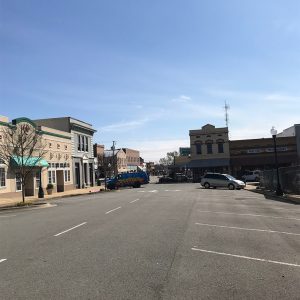 Gum Springs Street Scene
Gum Springs Street Scene
Gurdon (Clark County)
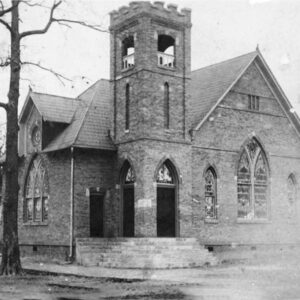 Gurdon Church
Gurdon Church
Guy (Faulkner County)
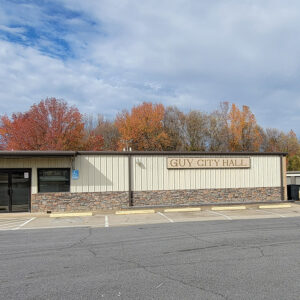 Guy City Hall
Guy City Hall
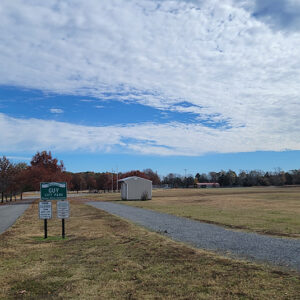 Guy City Park
Guy City Park
 Guy Post Office
Guy Post Office
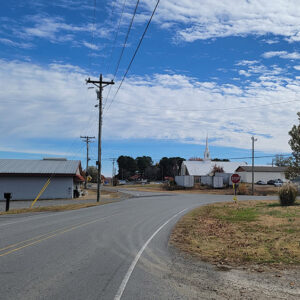 Guy Street Scene
Guy Street Scene




